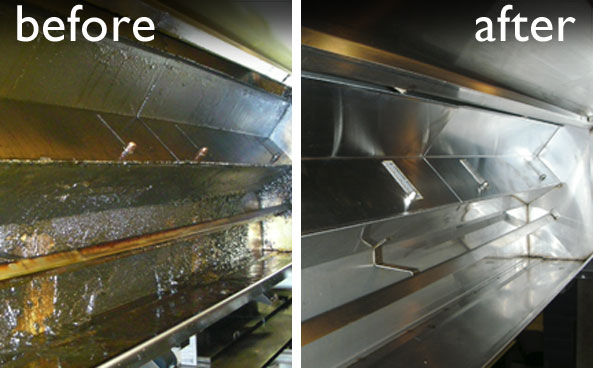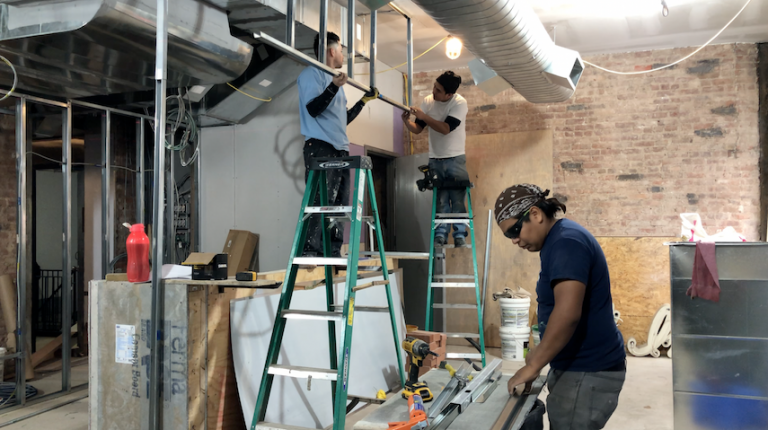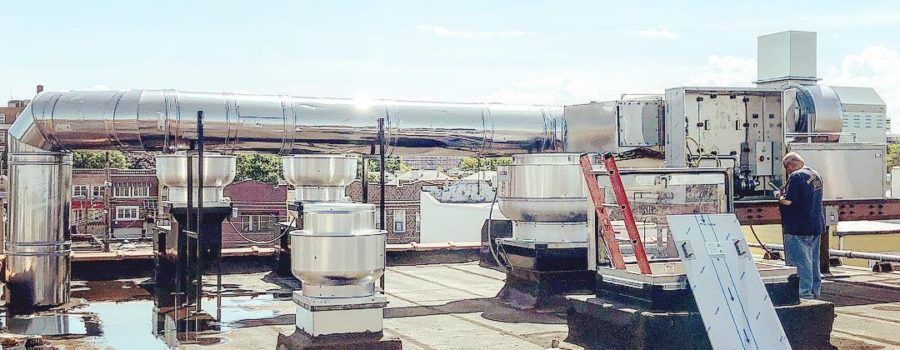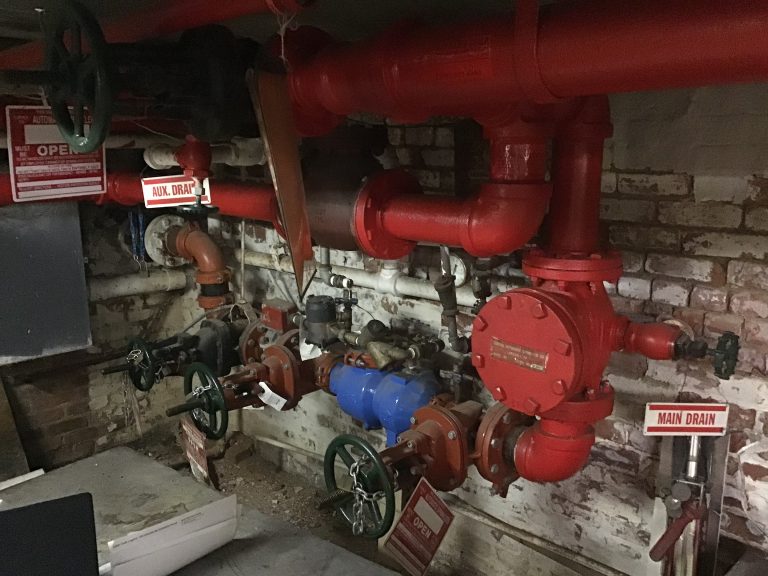Can NYC restaurants get commercial kitchen violations on rooftop fans, canopies and motors from FDNY?
commercial kitchen violations on rooftop fans, canopies and motors from FDNY
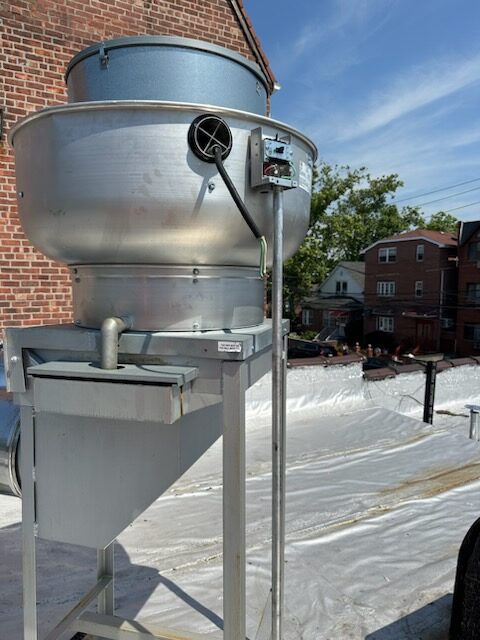
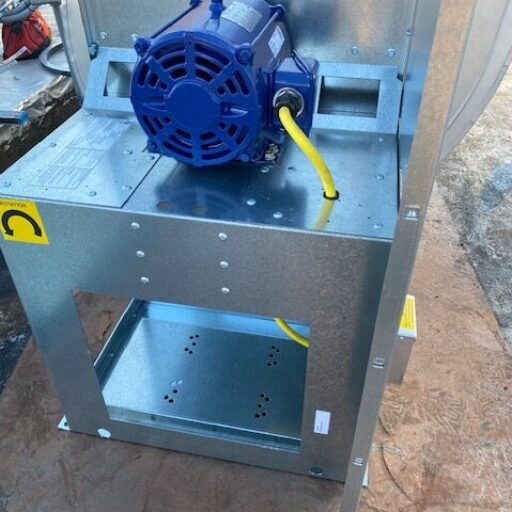
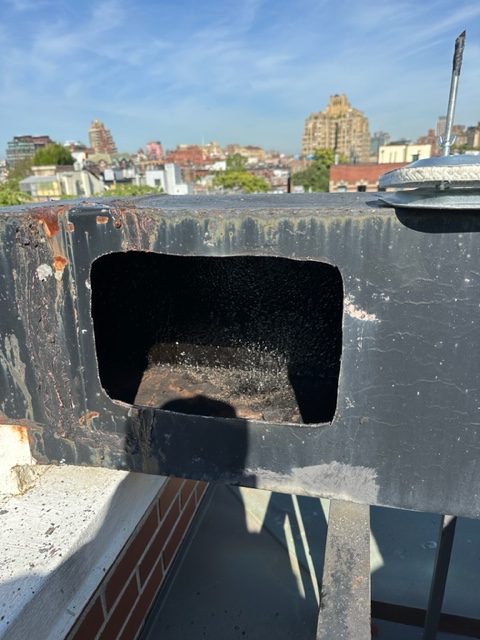
1. Improper Installation and Maintenance
Incorrect Installation: Non-compliance with building codes and standards during the installation of exhaust hoods, ducts, and fans. Lack of Regular Maintenance: Failure to perform regular inspections, cleaning, and maintenance of exhaust systems.2. Grease Buildup
Excessive Grease Accumulation: Accumulation of grease in hoods, ducts, and exhaust fans, posing a significant fire hazard. Inadequate Cleaning Schedules: Not adhering to recommended cleaning schedules for the exhaust system.3. Non-Compliance with Codes and Standards
NFPA 96 Violations: Non-compliance with NFPA 96 standards, which cover ventilation control and fire protection of commercial cooking operations. Local Building and Fire Codes: Failure to comply with local building and fire safety codes specific to commercial kitchen ventilation.4. Faulty Equipment
Malfunctioning Exhaust Fans: Exhaust fans that are not operating correctly, leading to insufficient ventilation and increased fire risk. Defective Fire Suppression Systems: Fire suppression systems integrated into the exhaust hoods that are not functioning properly.5. Inadequate Ventilation
Insufficient Airflow: Exhaust systems that do not provide adequate airflow, resulting in poor ventilation and potential buildup of combustible vapors. Improper Ductwork: Ducts that are improperly sized or configured, hindering proper ventilation.6. Blocked or Obstructed Vents
Obstructions: Items or materials blocking the exhaust vents, impeding airflow and increasing the risk of fire. Improper Clearance: Inadequate clearance around exhaust ducts and hoods, violating safety regulations.7. Inappropriate Materials and Construction
Non-Approved Materials: Using materials that are not approved or rated for use in commercial kitchen exhaust systems. Poor Construction Quality: Substandard construction quality of hoods, ducts, and exhaust fans.8. Missing or Damaged Components
Missing Filters: Absence of grease filters in hoods, which are essential for trapping grease and preventing buildup in ducts. Damaged Components: Damaged or missing parts of the exhaust system, such as duct sections or fan blades.9. Inadequate Fire Suppression Coverage
Partial Coverage: Fire suppression systems that do not cover the entire exhaust system or cooking appliances. Expired Inspection Tags: Fire suppression systems with expired inspection tags, indicating overdue maintenance.10. Non-Functional Interlocks
Failed Interlocks: Interlocks between the exhaust system and cooking equipment that do not function properly, preventing automatic shut-off in case of a fire.
Motor Failures: Motors that power exhaust fans can overheat, wear out, or suffer electrical issues, leading to reduced performance or complete failure.
- Fan Blade Damage: Fan blades can become bent, broken, or coated with grease, impairing their efficiency and balance, which can cause vibrations and noise.
- Fan Belt Wear and Tear: Belts that drive the fans can become worn, stretched, or broken, leading to fan malfunctions.
- Bearing Problems: Bearings in the fan motors can wear out or become misaligned, causing noise, vibration, and reduced efficiency.
- Loose or Damaged Canopy Seals: Seals around the canopy can become loose or damaged, allowing smoke and grease-laden vapors to escape into the kitchen.
- Blocked Canopy Filters: Grease filters within the canopy can become clogged, reducing airflow and increasing fire risk.
- Improper Fan Speed Settings: Fans operating at incorrect speeds can either draw insufficient air or cause excessive noise and energy consumption.
Mitigation and Compliance
To avoid these violations, restaurants should: - Adhere to Regular Maintenance Schedules: Ensure routine cleaning and maintenance of exhaust systems. - Conduct Regular Inspections: Perform regular inspections to identify and rectify any issues promptly. - Comply with Codes and Standards: Follow NFPA 96 and local building and fire safety codes. - Use Approved Materials: Ensure all materials and equipment used in the exhaust system are approved and compliant. - Ensure Proper Installation: Hire qualified professionals for the installation and maintenance of exhaust systems. - Proper attention to these areas can help restaurants maintain compliance and ensure the safety of their commercial kitchen operations.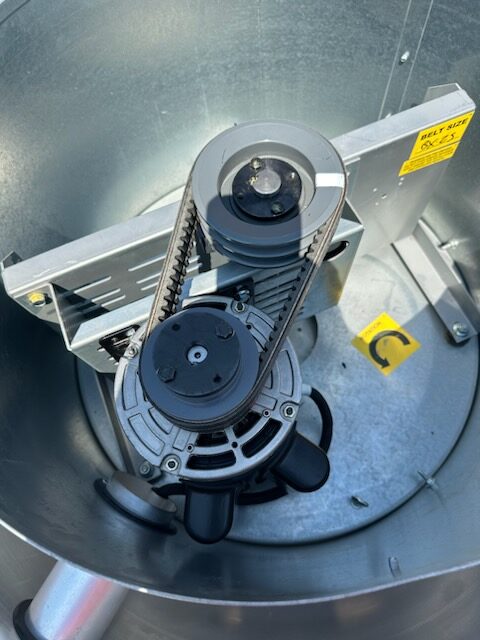
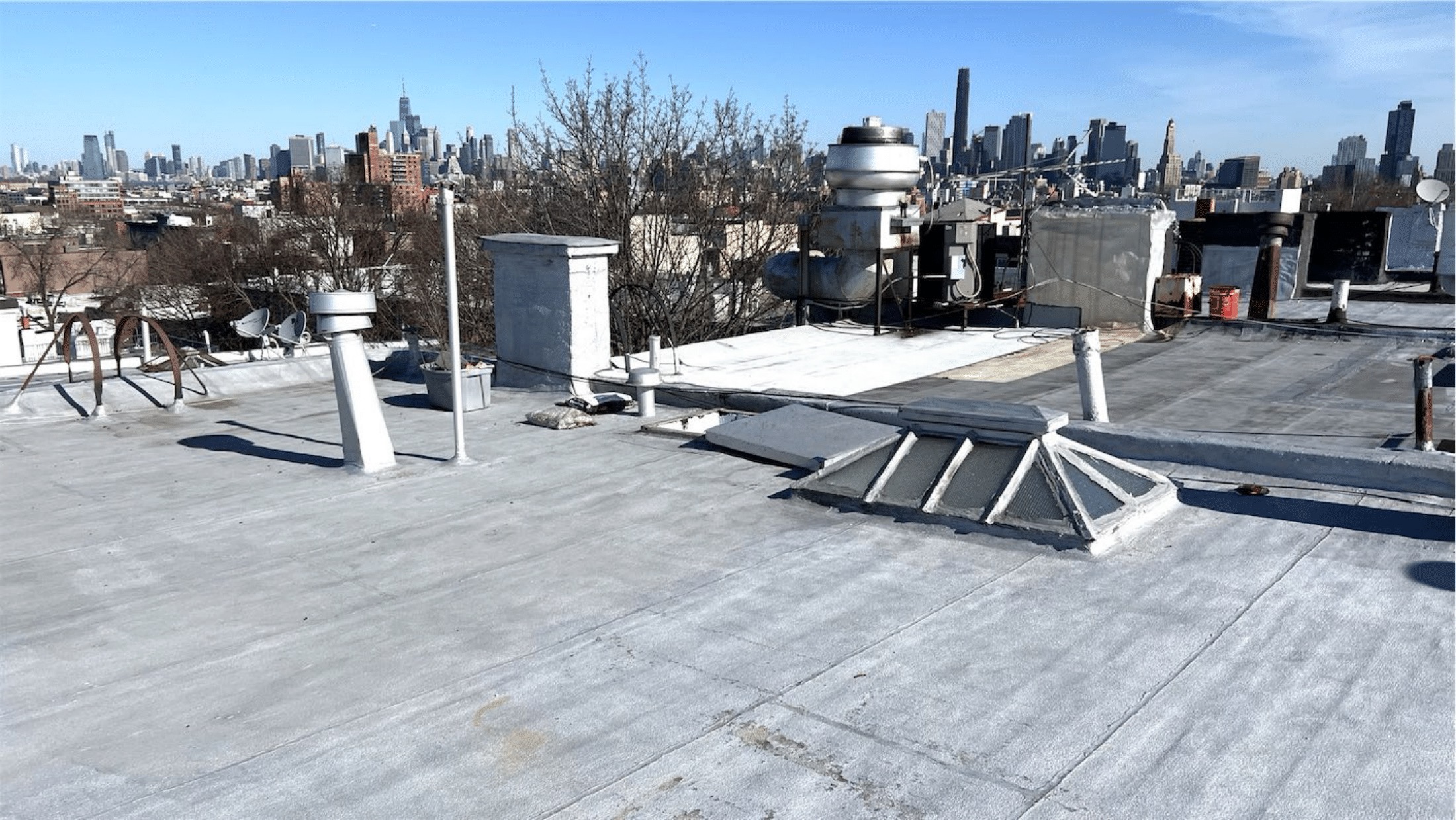
Remember, NYC restaurants get commercial kitchen violations on rooftop fans, canopies and motors from FDNY so call Master Fire.

